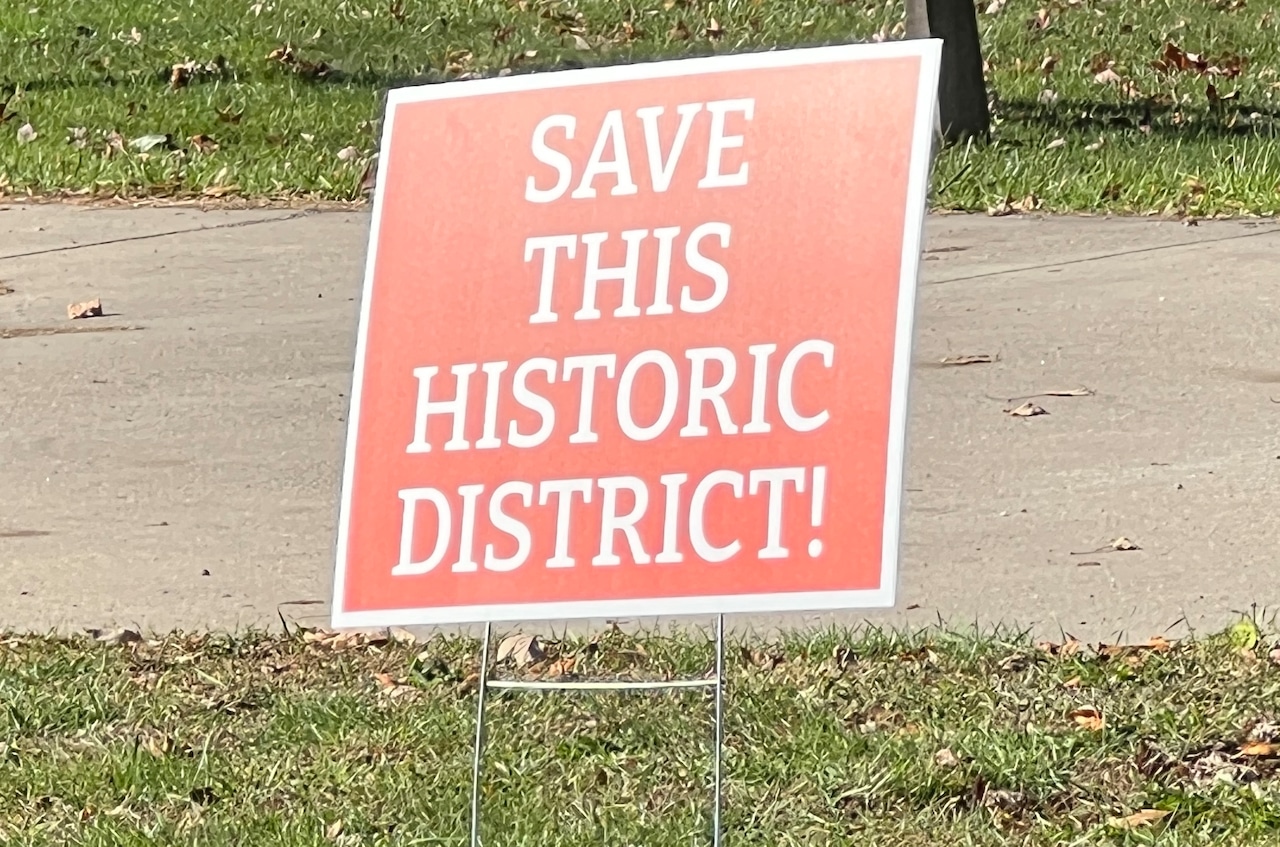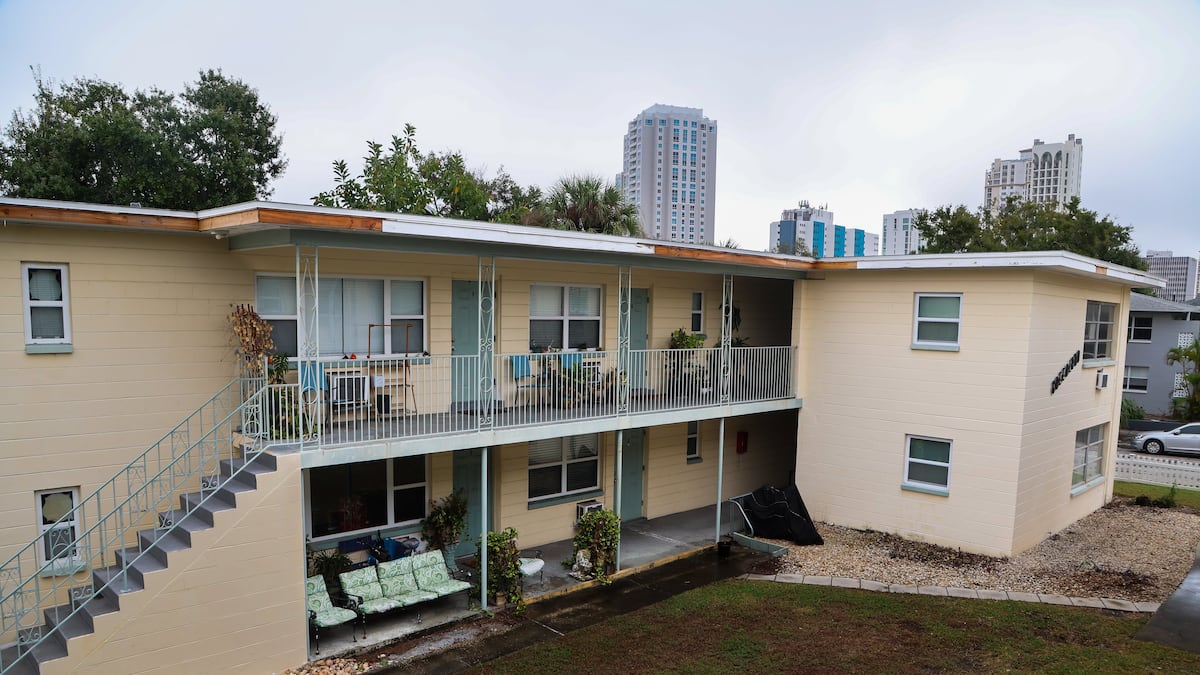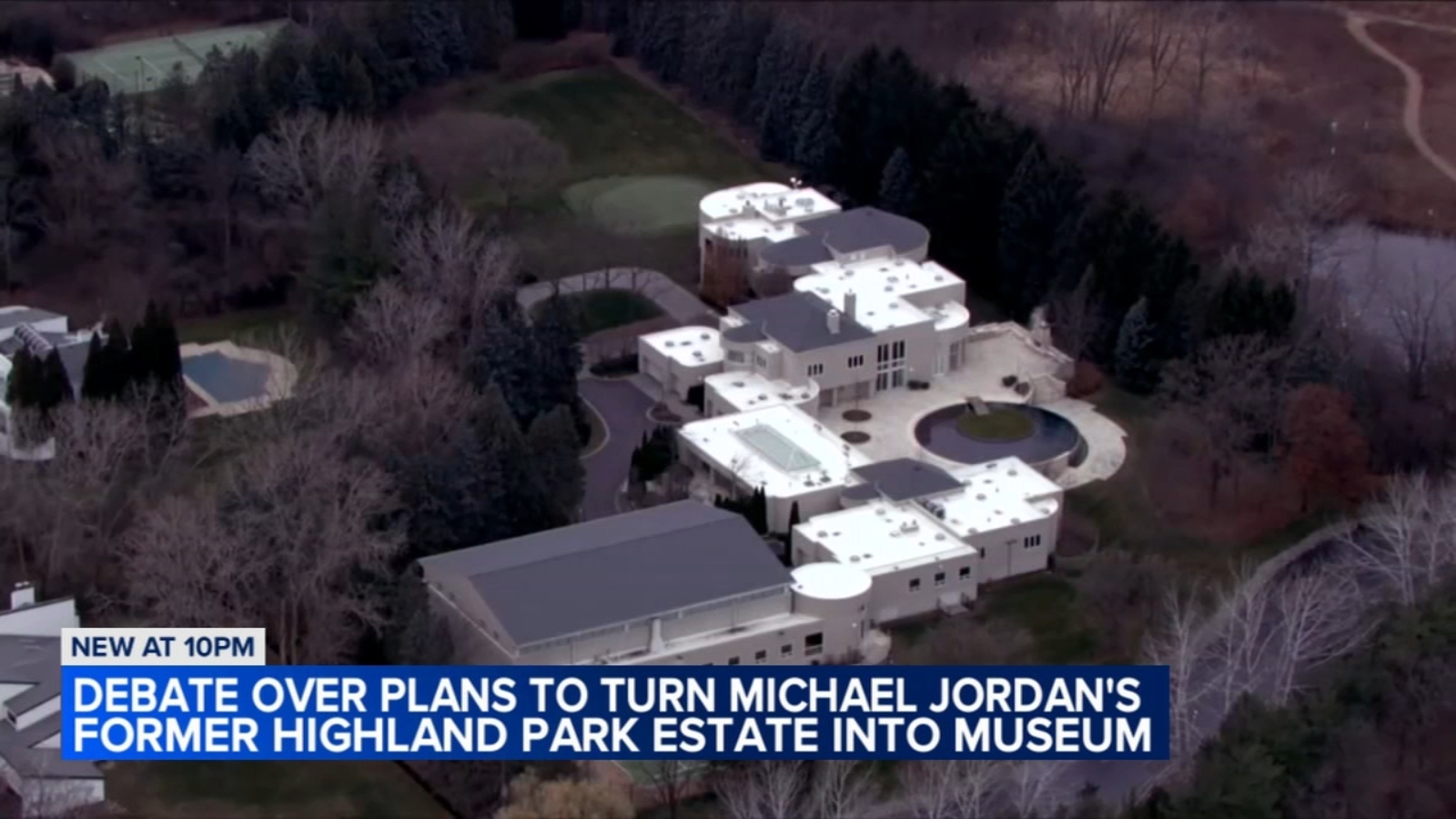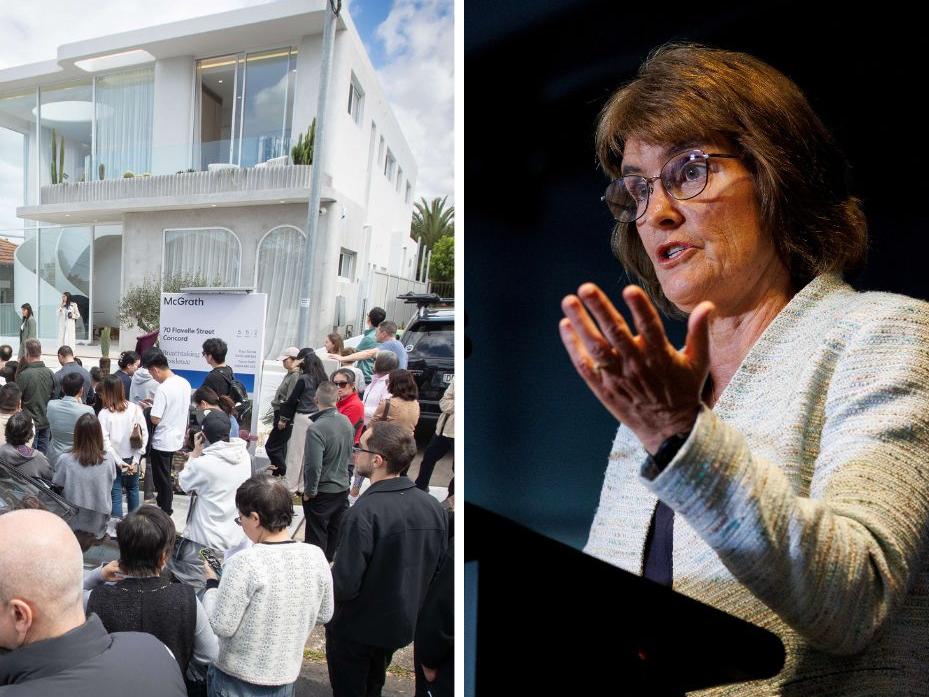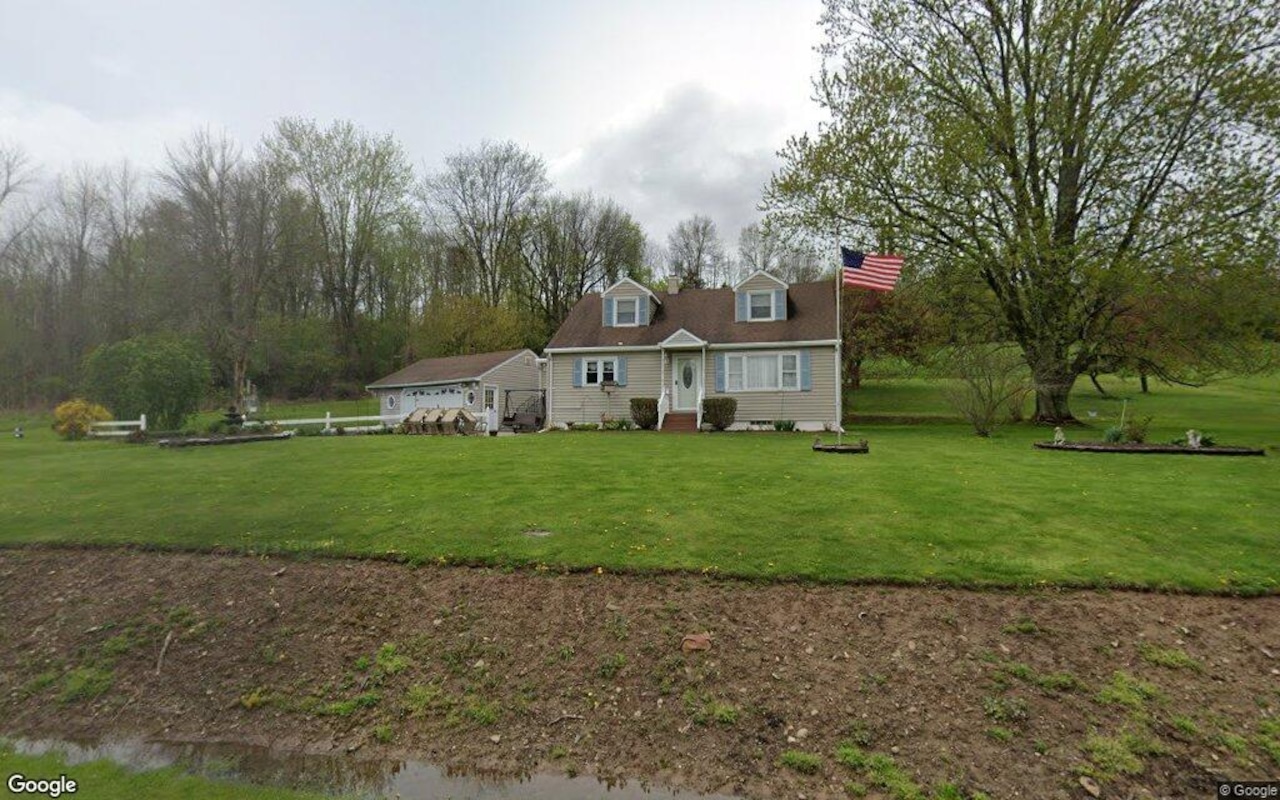N
orth Olmsted residents on Butternut Ridge Road are opposing Sommers Real Estate Group’s proposal to build 40–50 townhomes on six acres behind the historic Biddulph House. The plan was slated for a Planning Commission meeting that was canceled; the land’s zoning was on the agenda. Max Upton, Director of Economic and Community Development, said the applicant requested additional documentation and a postponement to a future meeting, and he emphasized that the city must facilitate the application process regardless of opinion.
Because the site touches the historic district, the project must comply with district regulations and design guidelines. Bob Sharp, a long‑time resident, argues that even a small portion within the 300‑foot boundary is unacceptable and that the area outside still impacts the district. He has organized the homeowners group, posted signs, and collected petitions, urging the city to reverse course. Sharp notes that the City Council ultimately votes on zoning changes and hopes they will protect this irreplaceable part of the city.
The proposed complex would have 40–50 units, priced in the mid‑$400,000s, with a split lot east of the Biddulph House. Upton said the density allows for greenspace and welcomed resident feedback, noting that concerns about infrastructure impact are common to many projects.
Sommers, a family‑owned firm based in Chardon, has pledged to preserve and restore the 100‑year‑old Biddulph House as part of the development. In staff reports, the developer recommended that any positive commission recommendation be conditioned on saving the house, and the applicant has not opposed that condition.
Upton described the city’s planning and landmarks commissions as having a rigorous process. “We are simply facilitating the process; nothing is decided yet,” he said. The city’s role is to review the application, consider resident input, and forward recommendations to the council, which has the final vote on zoning changes.
The article originally appeared on cleveland.com.
